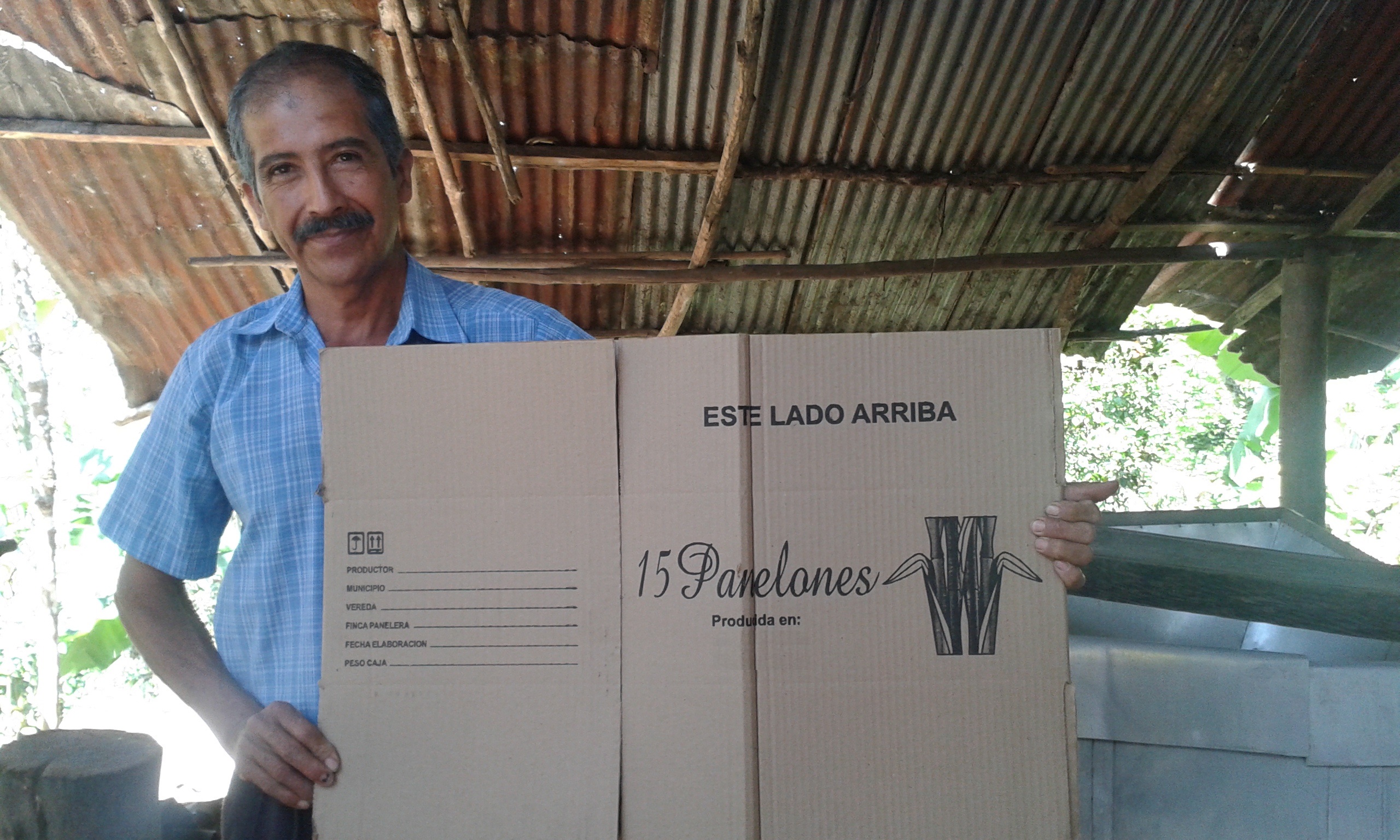Rural agro-industrial enterprises diversity: typologies of panela production in Huila, Colombia
DOI:
https://doi.org/10.15517/am.v33i2.47969Keywords:
mutivariate analysis, Saccharum spp., food technology, family farmingAbstract
Introduction. Typologies can be used as a mechanism to address the heterogeneity of agricultural systems. Panela, or non-centrifuged cane sugar, is a traditional sweetener of great economic and cultural importance in Colombia, it generates 236,000 direct jobs per year and is produced in 47 % of the country’s municipalities. Objective. To identify typologies of agro-industrial production units (UPA) of panela based on technical and socioeconomic characteristics in the department of Huila, Colombia. Materials and methods. The multivariate statistical technique of mixed data factor analysis (AFDM) was used with data from 94 UPAs, taken from a representative cross-sectional survey of the year 2019 carried out within the framework of this study. The survey provided information on production cycle, socioeconomic, and environmental management management of by-products. Results. Three differentiated types of UPA were identified: type 1(6 UPA- 6.38 %): composed of units oriented to productive diversification and technological transition; type 2 (63 UPA-67.02 %): composed of units with traditional management of the cultivation, processing and use of by-products; and type 3 (25 UPA-26,6 %): composed of units specialized in the production of panela, with greater technification in cultivation and processing of sugarcane. Conclusions. Different heterogeneous groups of panela agro-industrial production units were identified in the department of Huila, Colombia, where a traditional small-scale operation model is developed. The empirical exploration of this research made it possible to delineate the potential for technology adoption in the identified groups. Technology transfer programs should consider the technical and socioeconomic characteristics of the UPAs.
Downloads

Downloads
Additional Files
Published
How to Cite
Issue
Section
License
1. Proposed policy for open access journals
Authors who publish in this journal accept the following conditions:
a. Authors retain the copyright and assign to the journal the right to the first publication, with the work registered under the attribution, non-commercial and no-derivative license from Creative Commons, which allows third parties to use what has been published as long as they mention the authorship of the work and upon first publication in this journal, the work may not be used for commercial purposes and the publications may not be used to remix, transform or create another work.
b. Authors may enter into additional independent contractual arrangements for the non-exclusive distribution of the version of the article published in this journal (e.g., including it in an institutional repository or publishing it in a book) provided that they clearly indicate that the work was first published in this journal.
c. Authors are permitted and encouraged to publish their work on the Internet (e.g. on institutional or personal pages) before and during the review and publication process, as it may lead to productive exchanges and faster and wider dissemination of published work (see The Effect of Open Access).



























